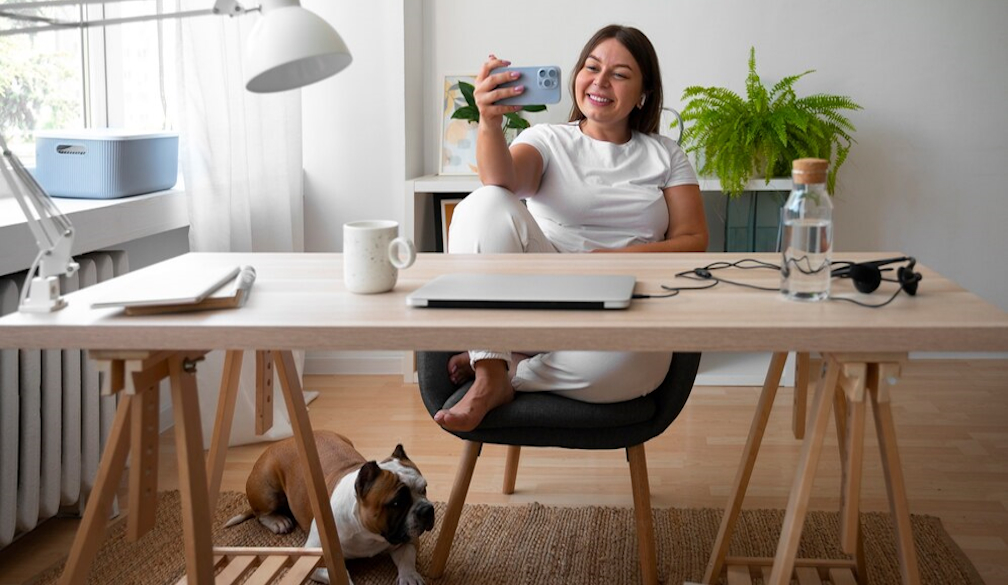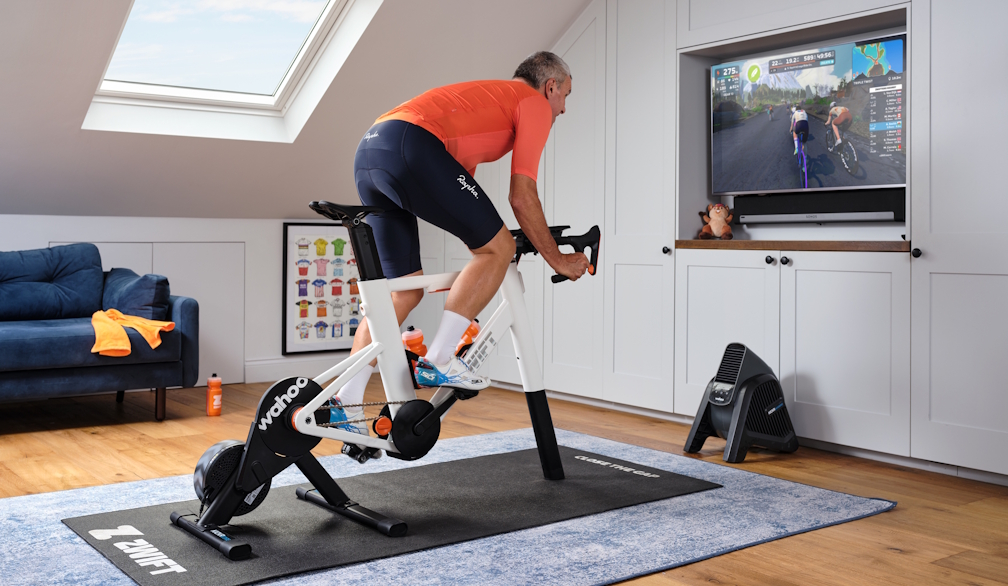How to Make Your Home Office More Comfortable

While working from home can be a great way to avoid traffic and reduce stress, creating a comfortable and productive workspace can also be challenging.
With the right approach, however, it's possible to create a home office that's both comfortable and productive.
Join us as we explore 9 ways to make your home office more pleasant.
9 Ways to Make Your Home Office More Comfortable
1. Invest in a Good Chair
Investing in a good chair is one of the most important things you can do to make your home office more comfortable. A good chair will support your back, neck, and shoulders, which can help prevent strain and injury.
However, look for an adjustable chair so you can customize it to fit your body.
2. Use a Monitor Arm
Using a monitor arm can help you position your monitor at the right height and distance, which can help prevent eye strain and neck pain.
Furthermore, adjusting the position of your monitor can also free up valuable desk space.
3. Add Plants
Adding plants to your home office can help improve air quality, reduce stress, and boost mood.
Moreover, plants can add beauty and texture to your home office and serve as natural decor that brings life to your workspace.
This way, you can help create a more inviting and comfortable environment.
And if you’re worried about the lack of light, choose plants that thrive in low-light conditions and require minimal maintenance, such as spider plants, snake plants, and ZZ plants.
4. Get a Comfortable Keyboard and Mouse
Using a comfortable keyboard and mouse can help prevent hand and wrist strain, which can be especially important if you spend a lot of time typing.
A good option is to look for a keyboard and mouse that are ergonomically designed to fit your hands comfortably.
5. Use a Sit-Stand Desk
Sitting for long periods can lead to a host of health problems, including back pain, obesity, and cardiovascular disease.
Using a sit-stand desk can help you avoid the adverse health effects of a sedentary lifestyle.
They allow you to switch between sitting and standing, which can improve circulation, reduce back pain, and increase energy levels.
Consequently, using a sit-stand desk can also boost productivity and creativity.
There are many different types of sit-stand desks available, including manual, electric, and pneumatic models.
Manual sit-stand desks require you to adjust the height manually, while electric and pneumatic models use motors or gas cylinders to do so.
Some sit-stand desks also come with built-in features, such as cable management, adjustable keyboard trays, and anti-fatigue mats.
When selecting a sit-stand desk, it's important to choose one that's adjustable and fits your body size.
Additionally, the desk should be sturdy and able to support the weight of your computer equipment. It should also be easy to move so you can adjust its position throughout the day.
6. Try Aromatherapy
Aromatherapy involves using scents to improve mental and physical well-being. You can use essential oils or candles to add fragrance to your workspace.
Some popular aromatherapy scents include lavender, peppermint, and lemon. These scents can help minimize stress, improve focus, and boost mood.
Naturally, bear in mind that not everyone responds to aromatherapy in the same way, and some scents may not be suitable for people with allergies or sensitivities.
Thus, if you decide to incorporate aromatherapy into your workspace, it's best to do so in a safe and non-intrusive way.
7. Incorporate Art
Art can add color, texture, and visual interest to your workspace. You can choose art pieces that match your decor or inspire you, such as nature scenes, abstract art, or motivational phrases.
Look for calming or uplifting art, depending on what works better for you.
Combining art and aromatherapy is another way to create a relaxing and comfortable workspace. For example, you can use essential oils and a diffuser and hang art that invokes similar scents or has colors that match your favorite scents.
8. Add Task Lighting
Adding task lighting to your home office can help reduce eye strain and make it easier to read and type.
In addition, choosing a lamp with a flexible arm will allow you to direct light where you need it.
9. Make Sure Your Workspace is Well-Organized
Finally, make sure your home office is well-organized. Clutter can be distracting and make it difficult to focus. Use organizers, folders, and other tools to keep your desk and office space tidy and organized.
Wrapping It Up
Creating a comfortable home office is an important step in maximizing productivity and reducing stress.
By incorporating the above tips, you're well on your way to creating the perfect home office without compromising comfort.












